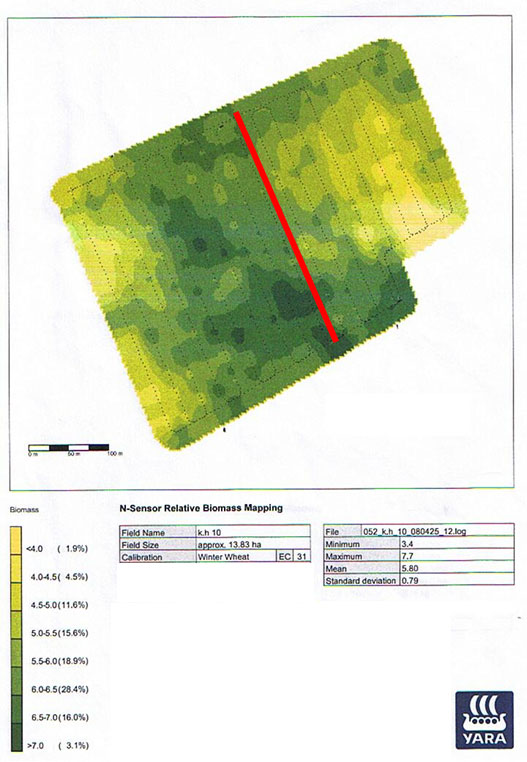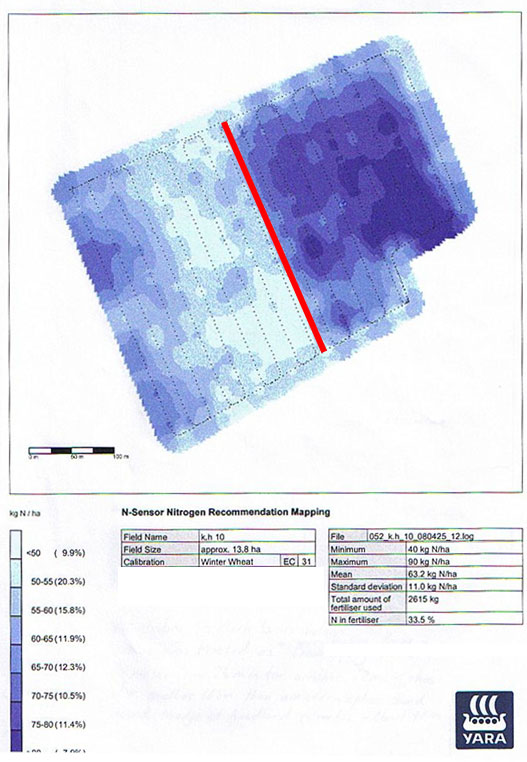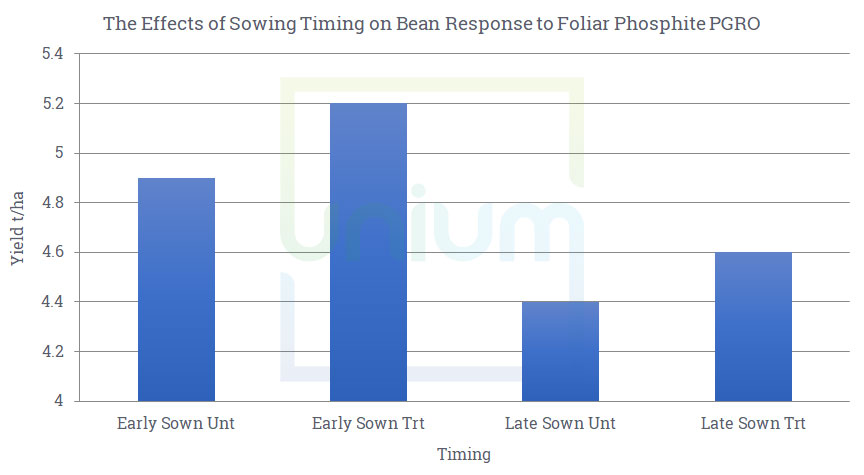P & K for Pulses
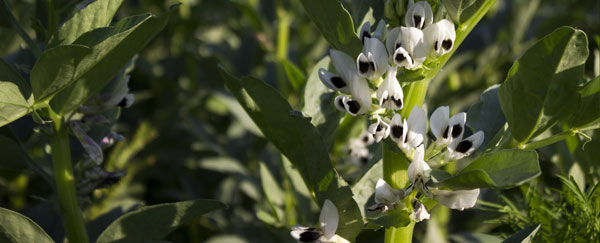
Potassium is an essential nutrient for all crops and often used in larger quantities than any other, primarily due to its link to nitrogen management.
Pulse crops are nitrogen-fixing crops and therefore less reliant upon soil residual nitrogen compared with other crops. They have the ability to fix atmospheric nitrogen into ammonia in the small nodules on their roots. The ammonia is then converted into organic rich compounds by the plant, ready for growth.
The amount fixed by legumes is strongly linked to good management e.g. optimising P and K, reducing acidity and keeping the crop free from weeds, disease and pests. To ensure good nodulation, seed can be inoculated with the appropriate rhizobia at planting (e.g. Exseed Peas or Exseed Beans). This helps to maximise the crop’s nitrogen-fixing capabilities and is recommended to prevent substantial reductions in yield and income.
When it comes to nitrogen-fixation, not all pulses are the same. Strong-fixers include lupin and faba beans; medium-fixers include field peas, lentil and chick peas; and weak-fixers include navy beans.
The rotational benefits to cereal crops following a legume crop are well known and are the legacy of a number of factors. These can include a nitrogen benefit, a biological benefit and a benefit in the level of phosphate.
This is backed up by reports that enhancements in the pulse crop are passed on to the wheat crop. Several years ago, a split field of phosphite-treated peas showed a similar split field improvement in the following untreated wheat crop.
The area to the lhs of the red line indicates the previous crop of peas treated with phosphite and the rhs is peas not treated. This is a YARA N-sensor in the following crop of wheat showing enhanced crop growth in the treated area demanding less nitrogen.
How else can we influence the production of the nodules and support the rhizobia relationship? Both potassium and phosphorus are known to increase the number and size of the nodules.
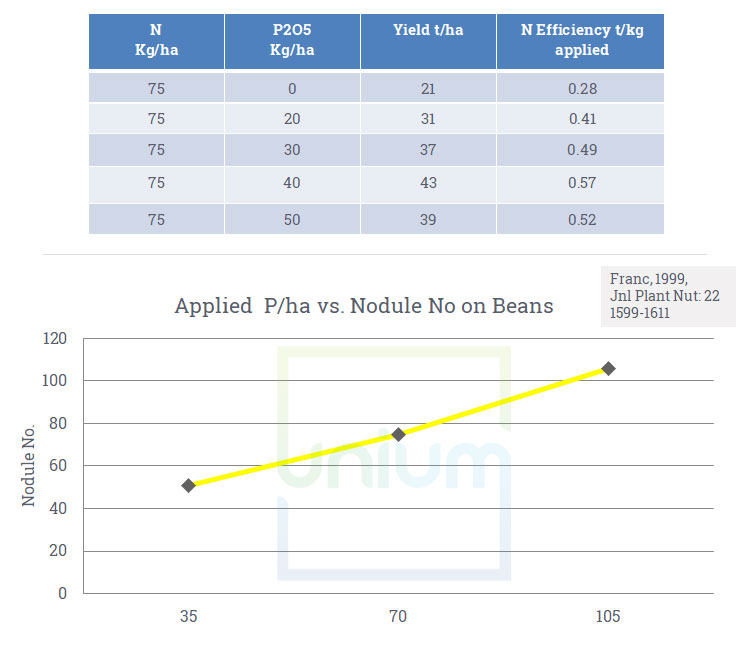
The link below shows the strong correlation between potassium and overall crop productivity and should not be discounted:
https://www.pda.org.uk/legumes-need-a-good-k-start/
It can clearly be seen from this data that P and K are critical for nodule production and overall crop productivity.
Whilst it is now too late to apply solid K fertiliser, if you have low soil levels and/or with K limitations which are either permanent or transient (soil moisture, aeration and oxygen level, temperature, organic matter and overall CEC), then you can apply the perfect balance of foliar potassium and PGA in Wholly K.
Wholly K is a unique potassium delivery system perfectly balanced to supplement crops where Potassium is deficient through soil availability or transient stress conditions. It is a 0 : 0 : 20 clear formulation containing no antagonistic anions (chlorides, nitrate or sulphates) perfectly formulated with PGA (pyroglutamic acid / pidolic acid) to further maximise the Nitrogen Use Efficiency.
Apply 1.0 l/ha Wholly K prior to flowering.
Equally a calcium phosphite treatment (either a 20% or 40% suspension concentrate) will also support the phosphorus demand of the crop by activating the roots to sequester more from the soil.
Apply 1.0 l/ha Calcium Phosphite (aCalsa / Calfite) at the onset of flowering.
Let’s look to the immediate benefits in the pulse crop 2020 but also set a fine base for the next wheat crop.


